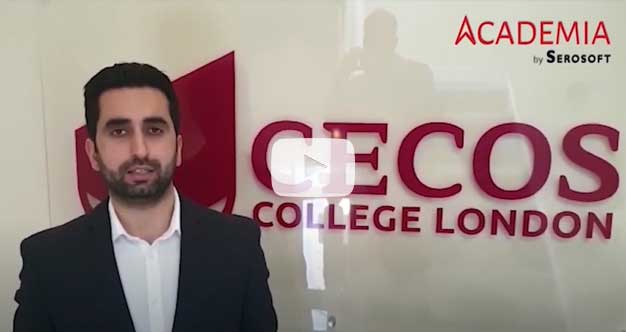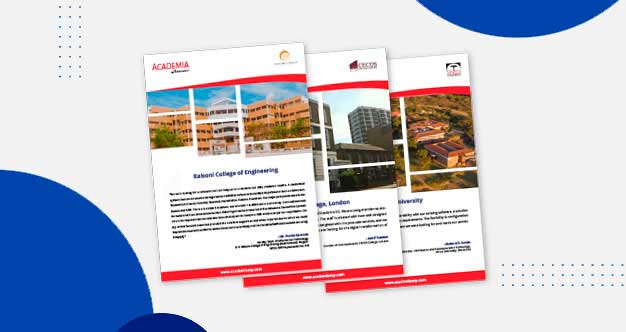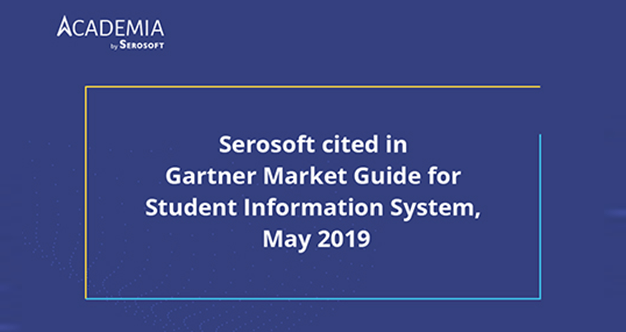Student Information System Transformation: Best Practices for a Seamless Transition
In the ever-evolving landscape of education technology, institutions increasingly recognize the need to replace outdated Student Information Systems (SIS) with more advanced solutions to meet modern-day challenges. Transitioning to a new SIS can be a daunting task. Still, careful planning and implementation can pave the way for improved efficiency, enhanced student experiences, and streamlined administrative processes. Here are some best practices to consider when replacing your Student Information System (SIS):
1. Assess Current Needs and Challenges: Before replacing your SIS, it’s essential to conduct a comprehensive assessment of your institution’s current needs and challenges. Identify pain points in the existing system, such as outdated technology, lack of integration, or inefficient workflows, to determine the specific requirements of your new SIS.
2. Set Clear Objectives and Goals: Establish clear objectives and goals for the replacement project, aligning them with your institution’s strategic priorities. Whether the objectives are improving data accuracy, enhancing reporting capabilities, or facilitating better communication, defining clear objectives will guide the selection and implementation process.
3. Engage Stakeholders: Throughout the process, involve key stakeholders, including administrators, faculty, staff, and IT personnel. Their insights and feedback are invaluable for understanding user requirements, addressing concerns, and ensuring buy-in for the new system.
4. Conduct Thorough Research: Invest time researching and evaluating potential SIS vendors to find the solution that best aligns with your institution’s needs and budget. When deciding, consider factors such as functionality, scalability, ease of use, support services, and vendor reputation.
5. Plan for Data Migration and Integration: Develop a comprehensive data migration plan to ensure a smooth transition from your old SIS to the new system. Verify data accuracy, clean up duplicate or outdated records, and establish protocols for ongoing data maintenance. Additionally, prioritize integration capabilities to connect the new SIS seamlessly with existing systems and third-party applications.
6. Provide Adequate Training and Support: Recognize that transitioning to a new SIS involves a learning curve for users. Offer comprehensive training sessions and resources to help staff and faculty navigate the new system effectively and maximize its capabilities. Additionally, ensure ongoing technical support and assistance to address any issues or challenges that may arise post-implementation.
7. Implement in Phases: To minimize disruption and manage risk, consider implementing the new SIS in phases rather than all at once. Begin with a pilot phase involving a small group of users to test functionality and identify any potential issues before rolling out the system campus-wide.
8. Monitor Progress and Evaluate Performance: Continuously monitor the implementation progress and evaluate the new SIS’s performance against predefined metrics and benchmarks. Solicit user feedback to identify areas for improvement and promptly address any concerns to ensure a successful transition.
By following these best practices, institutions can navigate the process of replacing their Student Information System with confidence and set the stage for enhanced efficiency, productivity, and student success.
At Academia by Serosoft, we empathize with educational institutions’ complexities in managing their student information and are dedicated to offering tailored solutions to address these challenges. Our award-winning Academia ERP/SIS empowers institutions to streamline administrative tasks, enhance data accuracy, and elevate the overall educational journey for students and staff.
Our structured implementation plan is designed to facilitate a seamless transition, we offer-
1. Defined Data Migration Process: Our systematic approach ensures smooth data migration from legacy systems. Our data migration plan is meticulously structured, with clear timelines for each activity and detailed breakdowns of daily sub-activities.
2. Auto-Populated Templates: Simplify data capture and upload with pre-configured templates covering all the operations of an educational institute like admission, examination, fee, program, and courses.
3. Comprehensive Training and Evaluation: We provide thorough training and evaluation processes for end users to maximize system utilization. Our multi-channel training includes traditional classroom training, online training, user manuals, video tutorials, etc.
4. Phased Implementation: This approach enables institutes to launch required modules in stages, enabling early adoption and efficient integration of the SIS System.
5. Separate Staging Environment: Navigate AcademiaERP features seamlessly in a dedicated staging environment without affecting production servers.
6. JIRA Ticketing System: Our ticketing system facilitates swift issue resolution, ensuring uninterrupted operations.
Optimize your institution’s SIS replacement process and leverage Academia SIS for transformative outcomes. Academia can empower your institution’s digital transformation journey.
To Know More: Read: https://www.academiaerp.com/renovate-student-information-system/
Related Posts:
 Higher Ed Plans
Higher Ed Plans K12 Plans
K12 Plans










